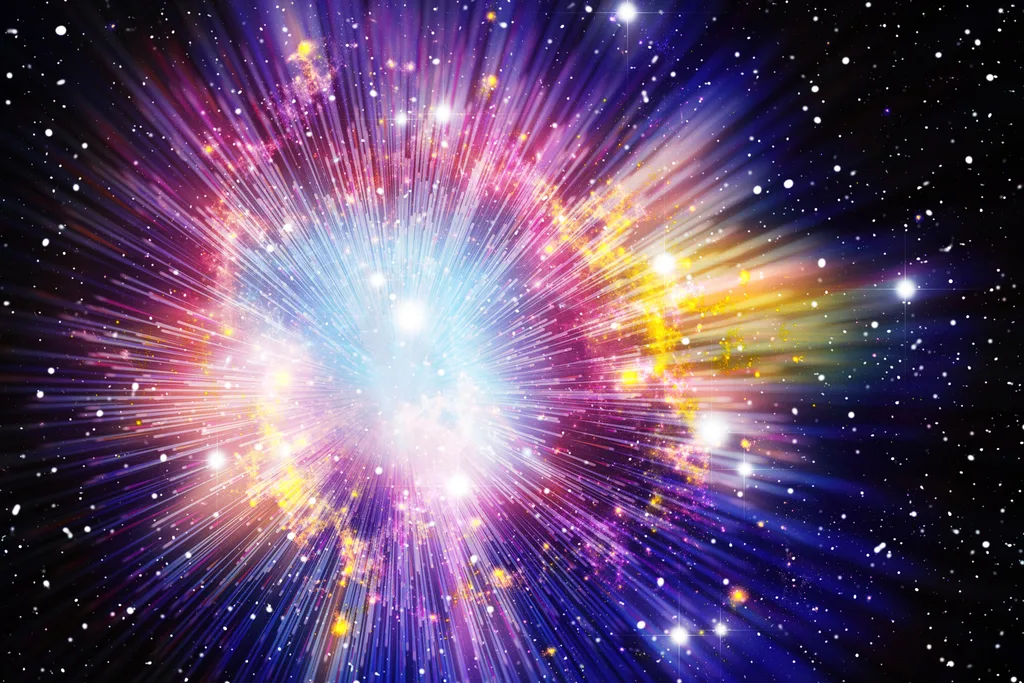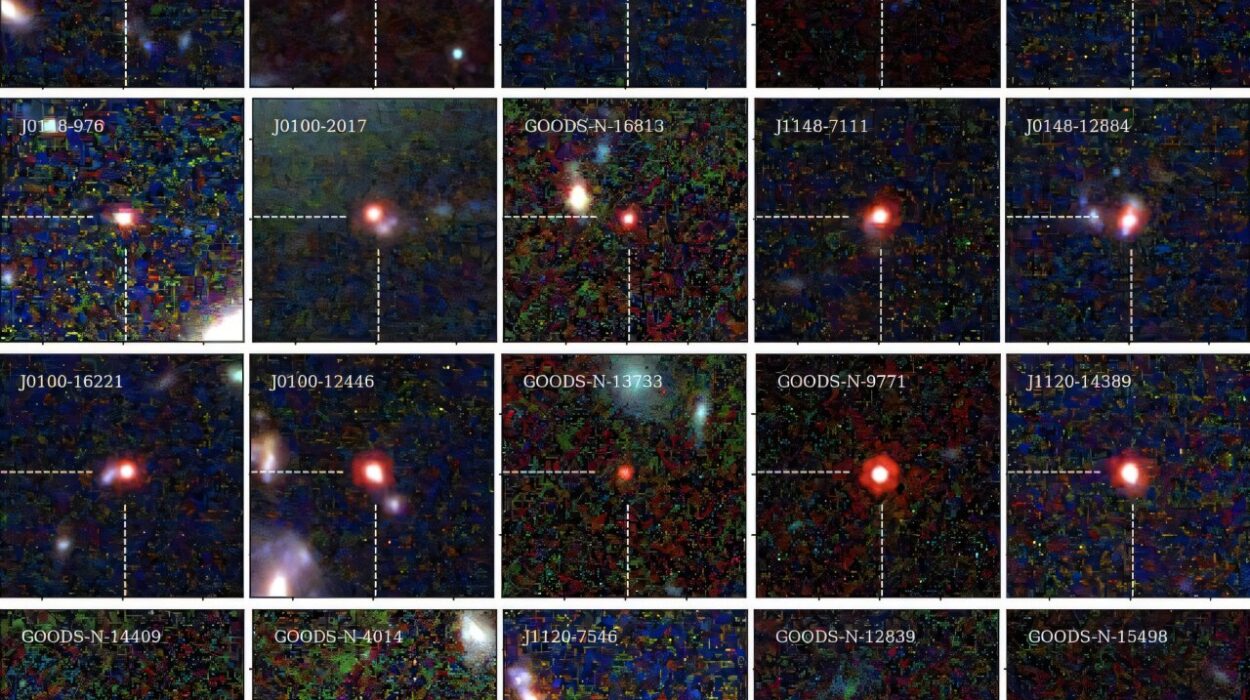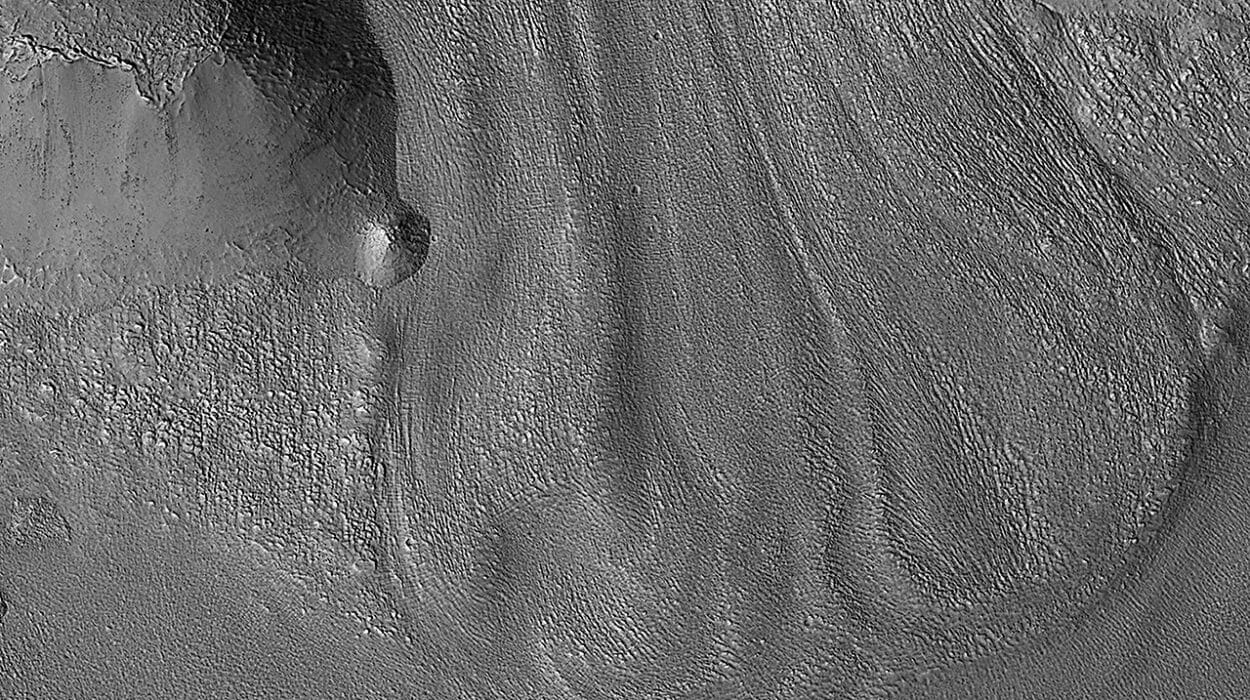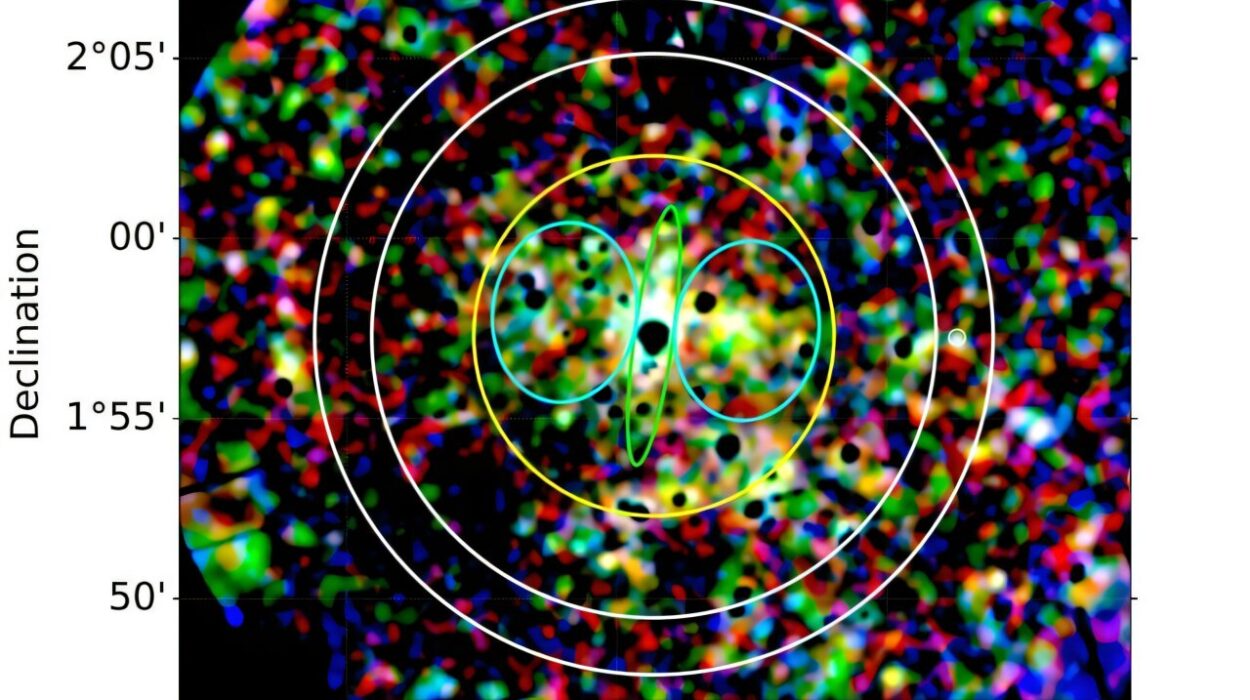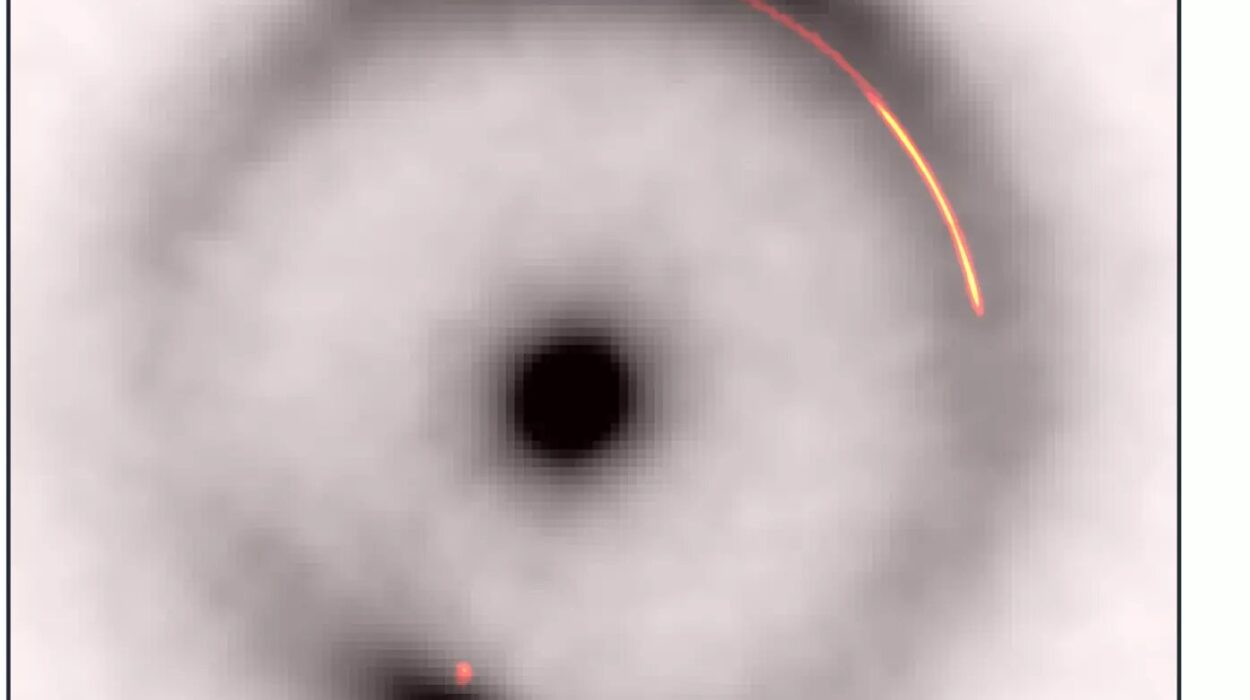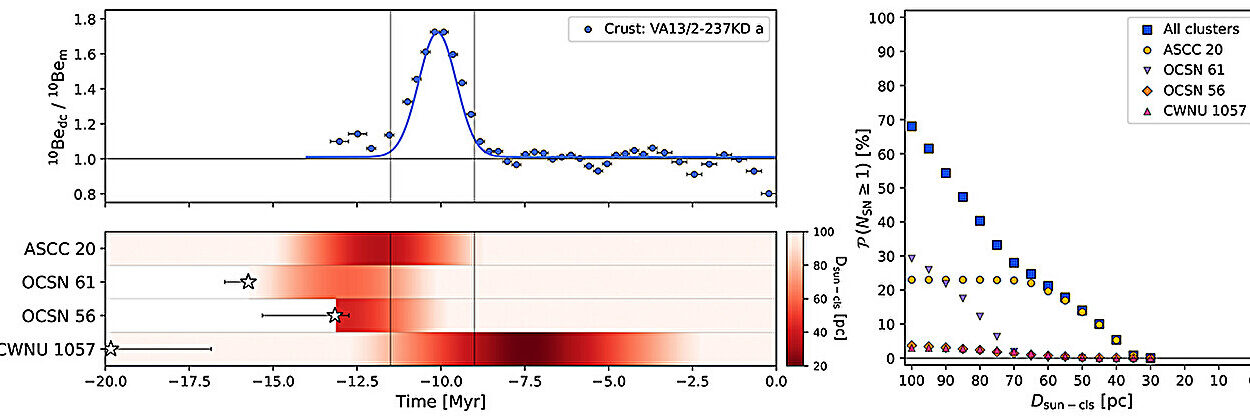There was a time when humanity believed the universe had always existed. Infinite. Eternal. Static. Unchanging. Philosophers like Aristotle held firm to that vision. Even many scientists, deep into the 20th century, saw no reason to think otherwise.
But then came the whispers—subtle anomalies in the sky, strange behaviors of galaxies, and faint echoes from a time long before stars were born. These whispers eventually became a thunderous declaration: the universe had a beginning.
This idea, once unthinkable, became the bedrock of modern cosmology.
The Big Bang Theory posits that the universe began as an unimaginably dense, hot, and compact state around 13.8 billion years ago. It didn’t explode into space; it was space itself expanding—stretching outwards, cooling, forming galaxies, stars, planets, and, eventually, life.
But how do we know this happened?
The answer lies in six key lines of evidence—six cosmic breadcrumbs leading us back to that mysterious origin. Each one, when taken alone, is powerful. Together, they form a compelling symphony of proof that our universe truly began in a big bang.
1. The Expanding Universe: Hubble’s Game-Changer
Our story of evidence begins with a telescope.
In the 1920s, astronomer Edwin Hubble was studying galaxies far beyond the Milky Way. What he found would forever change how we see the cosmos. Using the Hooker Telescope at Mount Wilson Observatory, Hubble discovered something astonishing: galaxies were moving away from us—and the farther away they were, the faster they were retreating.
This wasn’t random.
It was a pattern.
The light from distant galaxies was “redshifted,” meaning the wavelengths were stretched, shifting toward the red end of the spectrum—just like the sound of a train whistle lowers in pitch as it moves away. This redshift was a cosmic Doppler effect. But it wasn’t just that galaxies were moving away—it was that space itself was expanding.
This matched predictions made earlier by Georges Lemaître, a Belgian priest and physicist, and Alexander Friedmann, a Russian mathematician, who had independently found that Einstein’s equations of general relativity could describe a universe that expands over time.
If the universe is expanding today, it must have been smaller yesterday. Smaller still the day before. Go back far enough and all matter, energy, and even space itself must have emerged from an extremely hot, dense point.
That’s the Big Bang.
The expanding universe wasn’t just a suggestion—it was a wake-up call. It shattered the old idea of a static cosmos. It showed us the universe is dynamic, evolving, and had a beginning.
2. Cosmic Microwave Background: The Afterglow of Creation
In 1965, something incredible happened—by accident.
Two engineers at Bell Labs in New Jersey, Arno Penzias and Robert Wilson, were experimenting with a horn antenna originally built for satellite communication. No matter where they pointed it, they picked up a persistent, low-level noise. It came from every direction. They tried everything to eliminate it—even cleaning pigeon droppings out of the antenna—but the hum remained.
What they had discovered was the Cosmic Microwave Background (CMB).
The CMB is often called the afterglow of the Big Bang. It’s the cooled remnant of the intense heat from the universe’s fiery birth. Just 380,000 years after the Big Bang, the universe had cooled enough for atoms to form. Before that moment, photons were constantly scattered by free electrons, making the universe opaque. But once atoms formed, light could travel freely—and that ancient light has been moving through space ever since.
As the universe expanded, that radiation stretched out and cooled. Today, it reaches Earth as microwaves, with a temperature of just 2.7 Kelvin—a whisper above absolute zero.
It is the oldest light we can see.
But more than that, the CMB is remarkably uniform, with tiny fluctuations—temperature variations of one part in 100,000—that contain the seeds of all structure in the universe. These tiny differences eventually grew into galaxies, stars, and planets.
Decades after its discovery, satellites like COBE, WMAP, and Planck have mapped the CMB in stunning detail. They confirm with precision what the Big Bang model predicts. This isn’t just a glow—it’s a cosmic fossil, carrying the signature of the universe’s infancy.
3. Abundance of Light Elements: The Universe’s First Chemistry Set
Let’s return to the first few minutes after the Big Bang—a period known as Big Bang Nucleosynthesis (BBN).
In this brief epoch, the universe was unimaginably hot and dense. Particles were colliding with such energy that nuclear fusion occurred, creating the first atomic nuclei. But the universe was cooling fast, and only the lightest elements could form before fusion ceased.
The result? A very specific mix of elements:
- About 75% hydrogen
- About 25% helium
- Tiny amounts of deuterium (heavy hydrogen) and lithium
This prediction is one of the most impressive successes of the Big Bang theory.
Why?
Because it aligns astonishingly well with what we observe in the oldest stars and gas clouds. These ancient relics contain the primordial ratios of hydrogen and helium, unchanged by later stellar processes.
Alternative models, like the old steady-state theory, can’t account for these abundances. Stars can make helium over time, but not in the massive quantities and consistency we observe across the universe.
Only a hot, dense beginning—a “primordial fireball”—could forge such an elemental recipe.
This cosmic chemistry lab ran for just a few minutes and then shut down, but it left an indelible fingerprint on the universe.
4. Large-Scale Structure of the Universe: Patterns from Tiny Ripples
Look up at the night sky, and you might think galaxies are randomly scattered. But step back—way back—and patterns emerge.
Galaxies form clusters, filaments, and walls, separated by vast cosmic voids. This large-scale structure resembles a web—a cosmic sponge, with matter clumped in intricate strands and empty spaces in between.
Where did this structure come from?
The answer lies in the tiny temperature fluctuations in the Cosmic Microwave Background. Those minute differences in density became gravitational wells. Over billions of years, matter flowed into those wells, forming galaxies and the web-like structure we see today.
Computer simulations of the universe—based on the laws of gravity, dark matter, and cosmic expansion—start with those tiny fluctuations from the CMB. When run over cosmic timescales, they naturally produce the large-scale structure we observe.
It’s a breathtaking alignment between theory and observation.
The universe’s structure today is a direct consequence of its beginning. The Big Bang gave us not only time and space, but the seeds of complexity that eventually bloomed into stars, galaxies, and life itself.
5. Time Dilation in Distant Supernovae: Watching the Universe Breathe
In the late 20th century, a series of observations revealed something odd—and profound—about distant galaxies and their exploding stars, known as Type Ia supernovae.
These cosmic beacons explode with consistent brightness, making them ideal “standard candles” for measuring distances. But something strange happened when astronomers observed them in very distant galaxies: the light from these explosions appeared stretched in time. Their rise and fall in brightness took longer than expected.
Why?
Because of cosmic time dilation—a natural consequence of the expanding universe. As space stretches, so too does the light traveling through it. The wavelengths elongate (redshift), and the passage of time itself, from our perspective, appears to slow down for those distant events.
This effect had been predicted by the Big Bang model. Now, it was being observed in real-time.
More than that, these supernovae also led to the shocking discovery in the 1990s that the universe’s expansion is not slowing down, as once thought—but accelerating, driven by a mysterious force we now call dark energy.
Even so, this acceleration doesn’t erase the fact that the expansion began with a bang. Instead, it adds a new, fascinating chapter to the story of cosmic evolution.
6. The Age of the Universe: A Cosmic Clock That Matches
Everything in science must be consistent. So if the Big Bang model is correct, it should predict a universe whose age matches what we see in its oldest stars, galaxies, and cosmic structures.
And it does.
By measuring the rate of cosmic expansion—known as the Hubble constant—along with detailed CMB data and supernova observations, we can estimate the universe’s age: approximately 13.8 billion years.
Independent methods confirm this.
Astronomers have dated the oldest star clusters, such as those in the Milky Way’s globular clusters, to around 13 billion years. The most ancient galaxies visible in deep-field Hubble and James Webb telescope images also fall in line.
It all fits.
If the universe were significantly younger, there wouldn’t be enough time for stars and galaxies to evolve. If it were older, the numbers wouldn’t align with light element abundances or CMB properties.
In a cosmos full of puzzles, this consistency is no small triumph.
Beyond the Evidence: What the Big Bang Doesn’t Explain
Despite its overwhelming support, the Big Bang theory doesn’t answer everything.
It doesn’t explain why the universe exists or what caused the Big Bang itself. It doesn’t tell us what happened before that initial expansion—if “before” even has meaning when time itself began at the Big Bang.
To probe those questions, we look to theories like cosmic inflation, quantum gravity, or string theory, which attempt to describe the very first moments, or even the possibility of a multiverse.
But these are extensions—not replacements—for the Big Bang model. The six evidences we’ve explored remain solid, verified by decades of observation and theory.
The Symphony of the Cosmos
Imagine standing on a mountaintop on a moonless night. Above you, the stars glimmer like shards of ancient light. Every twinkle, every whisper of radiation, every galaxy and nebula—they all trace back to one moment: the Big Bang.
It wasn’t an explosion in space—it was the expansion of space.
It wasn’t chaos—it was the birth of order, unfolding in mathematical beauty and cosmic elegance.
The six lines of evidence—the expanding universe, the CMB, the light elements, the structure of galaxies, time dilation, and the measured age—do not just hint at a beginning. They sing it. In different frequencies, in different forms, they tell the same story.
And we, fragile beings on a small planet orbiting an ordinary star, have uncovered that story. We have heard the echoes, decoded the light, measured the vastness—and found our place in a universe with a past, a beginning, and a narrative written in physics, energy, and time.
The Big Bang theory isn’t just science. It’s the poetry of existence told through evidence.
And it begins with six simple truths that changed everything.
